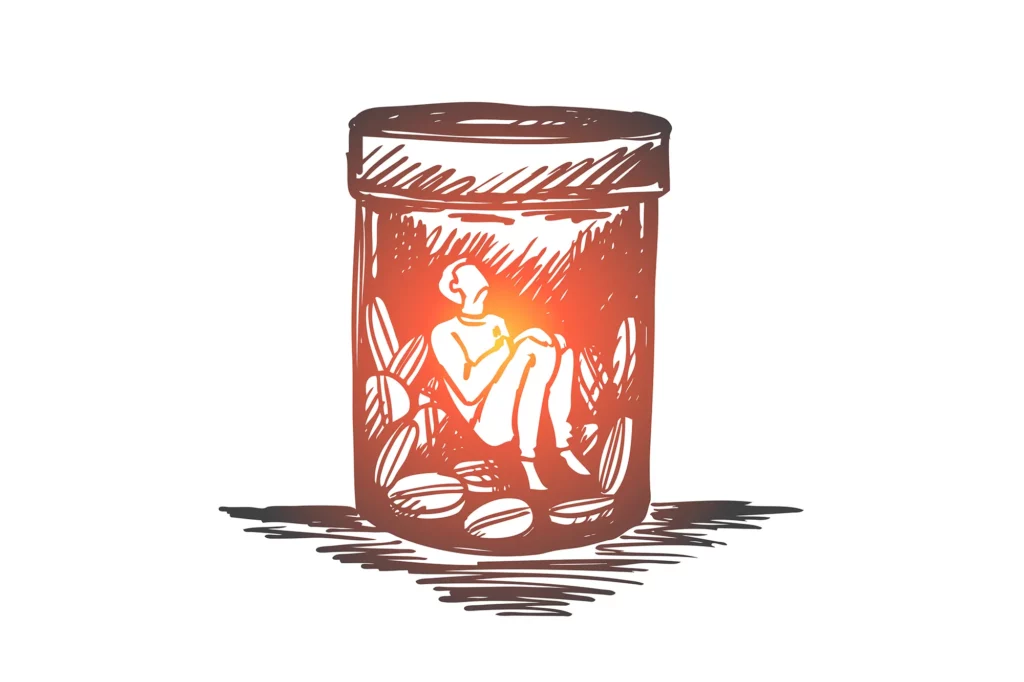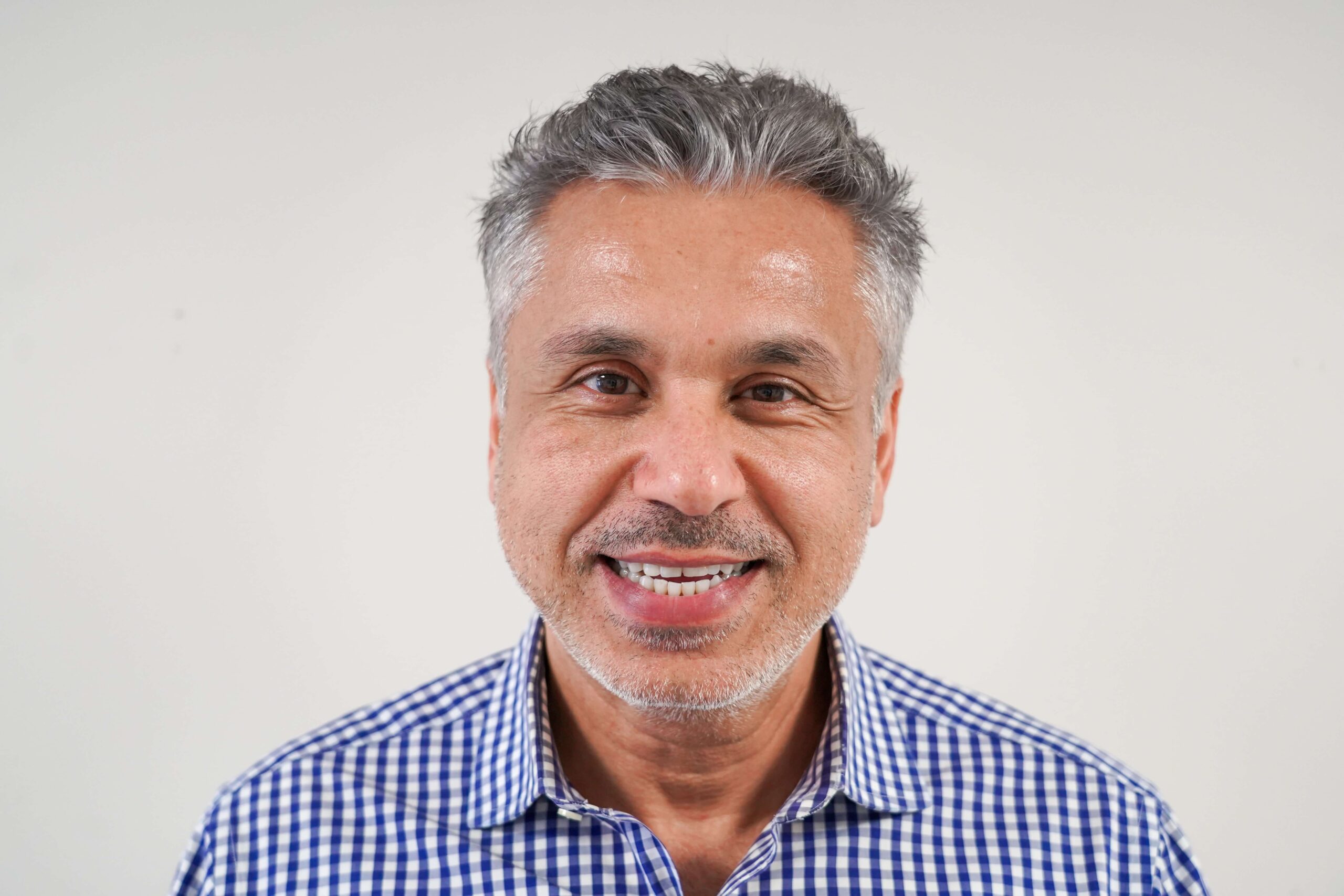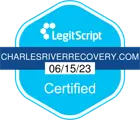How Do Opioids Make You Addicted?
Opioid addiction is a growing problem in the United States, both on a national level and in individual lives. In 2017, nearly 68% of all drug overdose deaths were related to opioids, which amounts to over 70,000 people in one year in the U.S. Opioid addiction affects people in all walks of life and in all income levels, but why are opioids so addictive?
What Are Opioids?
Opioids are substances that are made from the opium plant. It is a type of poppy with the scientific name Papaver somniferum and has been grown and used medicinally for nearly 5,000 years. The unripened seed capsule is collected, and a milky-white substance is extracted. This is then processed into codeine, morphine, and papaverine, all of which can relax the body and relieve pain.
The opioid family of drugs falls into several types. These include substances made directly from the plant. These include many prescription drugs, like oxycodone, hydrocodone, morphine, and methadone. Others are produced synthetically or semi-synthetically, like fentanyl and heroin. The path to addiction can come from taking opioids too long for chronic pain or from recreational use. Some people can begin the addiction process within the first few doses whereas it takes longer for others.
What Causes the Addiction?
Opioids are highly addictive because they activate the reward centers of your brain. Our feelings are modified when the brain releases certain chemicals called neurotransmitters. These chemicals are like messengers that tell the body how to respond to certain circumstances. They help regulate our heart rates, sleep qualities, moods, muscle movements, digestive tracts, and other bodily functions.
What Are Neurotransmitters and Their Roles in Addiction?
Our body makes hundreds of neurotransmitters, and they all have a different function or multiple functions. Some mental health conditions, like depression, anxiety, and schizophrenia, have been linked to low levels of the neurotransmitter Gamma-aminobutyric acid (GABA). Opioids stimulate the production of a class of neurotransmitters called endorphins. These neurotransmitters do not allow pain signals to be transmitted and create a feeling of pleasure and euphoria. When we laugh, see an appetizing food, or do something that makes us feel good, endorphins are the neurotransmitter responsible for that feeling.
Mammals, including humans, have what is known as the endogenous opioid system, which controls our moods and motivations. It is part of our nervous system. This system consists of several classes of receptors that are meant to hook up to matching substances. When a matching chemical finds the receptor and binds to it, a signal is produced that results in responses like feeling stressed, feeling relaxed, feeling motivated, or feeling a lack of motivation.
Endorphins are a type of opioid that our body produces naturally. Endorphins bind to the opioid receptors and block pain or create a feeling of reward or satisfaction. Both the opioid receptors and endorphins occur in several forms within the human body. When you take an opioid, it competes with the body’s natural endorphins for opioid receptor space.
What Is the Brain’s Reward Center?
Opioids and endorphins activate a part of the brain known as the mesolimbic (midbrain) reward system. This system activates another part of the brain that releases the neurotransmitter dopamine, which creates a sense of pleasure. The neurotransmitters produced by our body act quite differently than synthetic ones. Researchers believe that the location of the receptors activated by natural endorphins and opioid drugs has to do with the different responses in the body.
Pathway to Addiction
When people take opioids, whether it is recreationally or to relieve pain after surgery, they experience stimulation of the reward center and feel pleasure. Another part of the brain records the pleasurable feelings and the circumstances and environment that it associates with them. This process will make the person crave the substance that made them feel that way. The person becomes conditioned that opioids create the pleasurable feeling they seek, and they are motivated to take the substance again.
Opioid use develops from a desire for pleasure to a craving they feel whenever they are not actively using the substance. Another mechanism is at play that makes it even more difficult to quit once someone gets started down this path. Repeatedly taking opioids causes the opioid receptors to become less responsive, which means it takes more of the drug to produce the same pleasurable effect.
After a time, chemical changes take place in the brain so that it begins to need opioids to function normally. It is important to understand that the addiction builds in intensity over time, but it starts with the first dose of opioid medication or recreational drug use.
An addiction is when you begin taking something for a specific purpose or pleasure, and then, it becomes something you feel you can’t live without. The response to opioids depends on the individual. Some take longer to develop an addiction, but others can become addicted after only a short time. Anyone who takes opioids can be at risk.
What Happens When You Stop Taking Opioids?
If you or a loved one has become addicted to opioids, it is essential to understand that you can’t just stop taking them. There are consequences and side effects. The reason for this is the chemical changes in the brain. If a person has been addicted to opioids for a more extended period, more of these changes have occurred over time. This makes withdrawal symptoms more difficult to tolerate. In many cases, the person might feel they can’t stand the symptoms, and it is easier to continue to use the substance even though they may be experiencing negative consequences of their use.
Chemical changes in the brain are what make it so difficult for many to stop their addiction once it begins. Addiction is a process, and it requires a process to break the cycle and help them get back to living the life they want. Opioid addiction has many effects on the brain. For instance, it reduces the ability of the user to feel empathy toward others and recognize emotional reactions on other’s faces. It also affects the parts of the brain that control bonding and social pleasure, which is why many who are addicted to opioids become withdrawn from friends and family.
When the person stops taking the opioids, they can experience several side effects. These side effects can range from mild to debilitating. Some symptoms start within the first 24 hours when you stop taking the substance. These include:
- Restlessness
- Anxiety
- Muscle aches
- Sleeplessness
- Sweating
These symptoms can worsen over the first two days. By the second day, the person might be experiencing more severe symptoms that include:
- Diarrhea
- Nausea
- Vomiting
- Goosebumps
- Blurry vision
- Rapid heart rate
- High blood pressure
Some of these symptoms begin in as little as 12 hours after last use, which is why it can be difficult or impossible to break the cycle yourself. How long your withdrawal symptoms last and how severe they become depends on how long you have been addicted and the level of tolerance to the drug you have reached.
It is also worth noting that some of these symptoms are irritating and are not pleasant, but some of them can become life-threatening. For instance, severe diarrhea and vomiting can progress to dehydration and other electrolyte imbalances. A rapid heart rate and high blood pressure can lead to a heart attack. These risks are why it is important to understand that it can be dangerous to try to break an addiction by yourself, especially if you have been using a substance for a long time.
Types of Treatment Available
The initial withdrawal symptoms of opioid addiction can be miserable or even dangerous. Furthermore, you can experience a return of the withdrawal symptoms for up to six months after the last time you took opioids. That is why it is essential to seek professional treatment if you think that it is finally time to break the cycle.
During the initial withdrawal period, you can receive medication to help relieve some of the withdrawal symptoms. Professionals will also monitor your health and make sure you have appropriate medical support in case of a medical emergency.
The treatment does not stop once the initial withdrawal period is over. The chemical changes in the brain take a long time to reverse. Medication-assisted treatment (MAT) has become the gold standard in helping break the addiction cycle. This treatment involves the use of medications, like methadone, to help reduce long-term withdrawal symptoms and cravings. They also reduce the effects of opioids, so you do not get the same euphoric feeling from them, making it less likely that you will relapse.
MAT is combined with behavioral therapies to help you make healthy lifestyle changes and break the addiction for good. You can learn to avoid and deal with triggers that fuel the addiction. You will also learn to take better care of yourself by eating a balanced diet, exercising, getting enough sleep, and avoiding stress. All of these things help you get your life back and have a life with more joy and happiness.
Getting Help
The first step in breaking the cycle of addiction is to recognize that you cannot do it alone and that there is someone there who can help. Depending on your needs, you can enter programs that include both inpatient and outpatient services.
Residential treatment involves staying in a facility where you will receive care. Treatment can include group therapy, individual therapy, counseling, and other support. This option is best for those with a severe addiction or who will benefit from a structured setting and continual support.
Outpatient services are where a person continues to live at home while receiving therapy. This type of program is an option for those who do not have a long history of substance use and who have obligations like work or family. An outpatient program can also work for someone with a strong support network outside the treatment center.
Why Charles River Recovery?
Charles River Recovery is an excellent choice for those in the Weston, MA area. It offers comprehensive services that include treatment for substance use disorders associated with alcohol, meth, opioids, cocaine, and prescription pills. Charles River provides a range of care options in a supportive environment that is dedicated to your success. If you or a loved one is ready to begin the recovery journey, contact Charles River Recovery, and speak to one of our caring professionals today.






